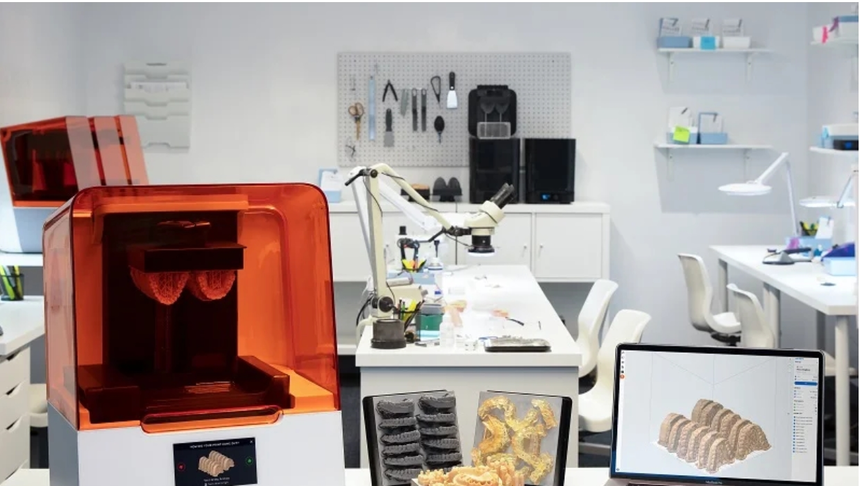3D Printing in Dental: Shaping the Future of Oral Healthcare
In
dentistry, 3D printing has transformed the production of custom
prosthetics, orthodontic devices, and surgical guides, offering
unprecedented precision and efficiency. Applications include
patient-specific dental crowns, bridges, implant abutments, and clear
aligners for orthodontic treatment. For example, 3D-printed zirconia
crowns replicate natural tooth structure with superior fit and
aesthetics, while removable partial dentures fabricated via additive
manufacturing reduce discomfort and improve functionality. Clinicians
also use 3D-printed models of teeth to plan complex procedures like
dental implants or orthognathic surgery.
Compared
to traditional machining and casting methods, 3D printing offers
significant advantages. First, it eliminates the need for physical
impressions and manual adjustments, reducing chairtime for patients and
streamlining workflows. Second, it enables intricate designs—such as
porous structures for osseointegration in implants or lattice frameworks
for lightweight dentures—that are impractical with conventional
techniques. Third, additive manufacturing minimizes material waste by up
to 80%, using only the required amount of biocompatible materials like
resin, ceramic, or titanium.
Moreover,
3D printing accelerates production timelines: a dental crown can be
fabricated in hours rather than days, enabling same-day restorations.
This technology also supports decentralized production, allowing dental
labs to produce on-demand solutions without relying on external
suppliers. As adoption grows, 3D printing is driving personalized,
cost-effective, and sustainable dentistry, enhancing patient outcomes
and reshaping clinical practices globally.
